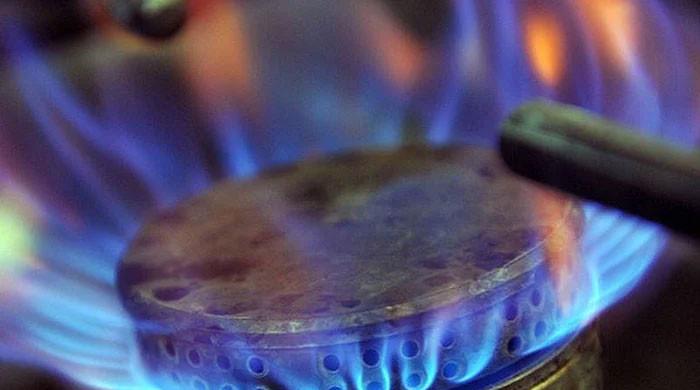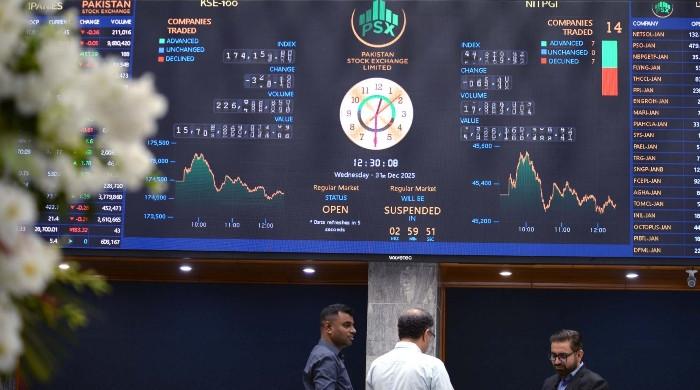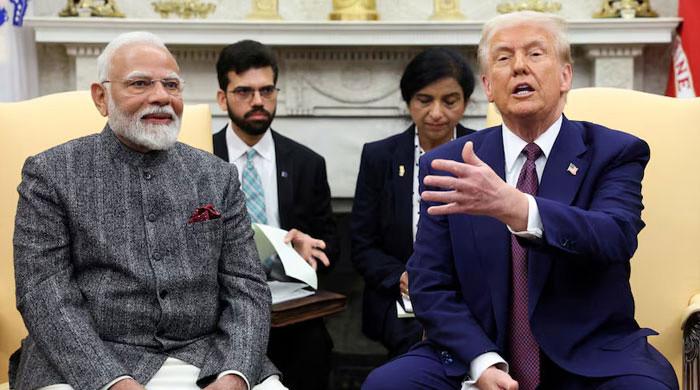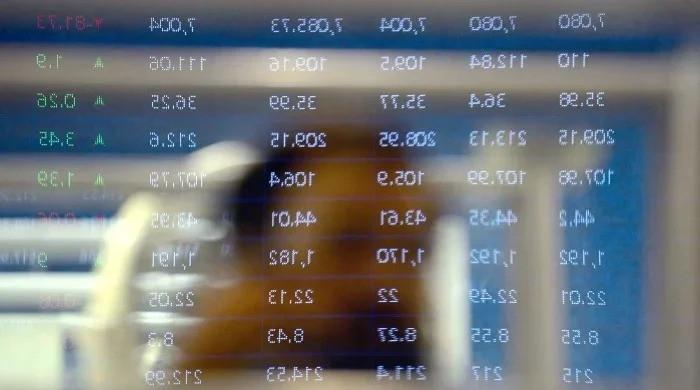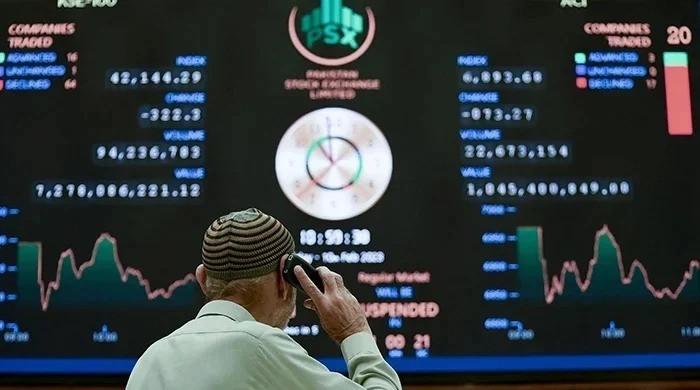Rupee likely to remain range-bound until IMF review
"If IMF tranche moves ahead successfully, we may see rupee heading towards 270," analysts say
October 22, 2023
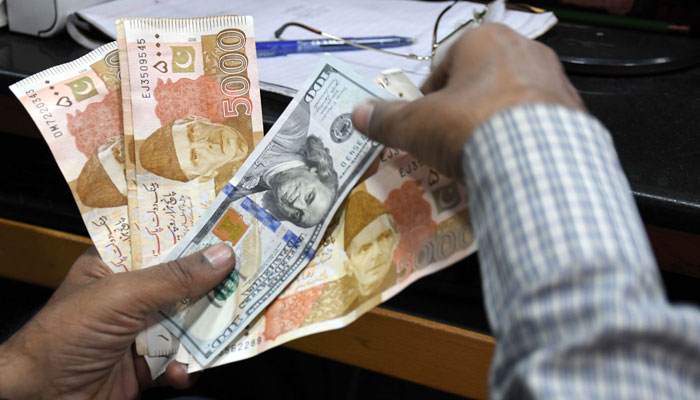
- Rupee may rise to 270 if IMF tranche moves successfully.
- Rupee movement in interbank this week was unusual: analyst.
- "There will be wobble during upcoming monetary policy."
KARACHI: Rupee is likely to remain range-bound, trading at 275 to 285 per US dollar until at least the International Monetary Fund's (IMF) next review of Pakistan's loan programme, according to analysts.
The News, on Saturday, quoted analysts as saying that the rupee's movement in the interbank market this week was unusual. Since September 6, the local currency has seen a steady rise, then abruptly pulled back and finally strengthened at 278 per dollar.
On Monday, the rupee closed at 276.83, but it dropped to 280.29 on Wednesday. It ended the week at 278.80 to the US dollar.
Analysts at financial services platform Tresmark said in a note that the foreign exchange market breathed a sigh of relief as it saw that the Goldilocks Zone for the rupee (275–285) was still intact.
"The rupee-dollar parity bounced off the 275 level and surged to 282 on the back of imports related to the public sector; although the real reason could be to break the monotony of 'a-rupee-a-day rise'," Tresmark’ said.
“The rupee closed the week at 278.80, but it looks to remain range-bound till at least the next tranche of IMF is finalised. At the same time, there will be a wobble at the time of the upcoming monetary policy on October 30th.”
In the last T-bill auction, the cut-off yields decreased by 30-45 basis points (bps) on three-, six-, and 12-month paper, and a rate cut could put some pressure on the rupee.
“Looking at the fact that if inflation reverses due to ‘Stronger for Longer’ Rupee policy, we may see the Goldilocks Zone put to the test,” it added.
“If the IMF tranche moves ahead successfully (by early next month), we may see Rupee heading towards the 270 level by mid-November and may even see interest rates clipped by 100-200 bps before the end of this year.”
The IMF is expected to review the country’s $3 billion ongoing loan programme next month. Pakistan secured $1.2 billion from the IMF in July and is expecting an additional $700 million upon the completion of the first review and release of the second tranche by December this year.
Traders also expect a range-bound movement in the currency next week ahead of the central bank’s interest rate decision.
The rupee may trade below 280 per dollar in the coming week due to the relatively stable market, according to traders.
At its next monetary policy review meeting, which is scheduled for October 30, the State Bank of Pakistan is largely expected to keep its benchmark interest rate unchanged at 22% due to forecasts of reduced inflation amid a decline in fuel prices and the strengthening of the local currency.
Furthermore, the latest balance of payment data shows a notable improvement. Pakistan's current account deficit (CAD) shrank to $947 million in the first quarter of this fiscal year, down 58% from the same period last year. The decline in the trade gap is the reason for the reduction in the current account deficit.




